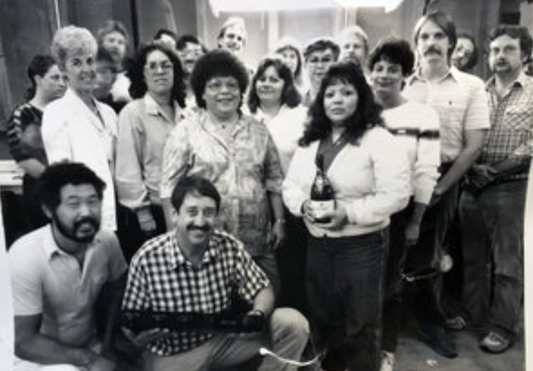We're still on the trail of defining the basic requirements for the output stage of a DAC or, for that matter, a preamplifier because the two are quite the same in terms of requirements. However, today will be a slight detour as I made an observation last night I wanted to share.
Terri and I went to see the movie Les Miserables last night. It's one of our favorite musicals and I was quite interested to see how well the two leads, Hugh Jackman and Russell Crowe, could sing. I wasn't impressed, but the movie is a stunning production (absolutely worth seeing) and the photography by Danny Boyle is simply amazing: some of the best I have ever seen. For those among you that are photo buffs, he shot the entire movie on 35mm film using all prime Zeiss lenses.
I could tell it was film from just watching it but not from film's weakness, but rather its strengths. And here's why I bring this to your attention: the entire presentation in the theater was digital and viewed through a digital projector. This is the same crazy thing I lose sleep over with digital audio vs. analog audio.
You'd think that if I am watching a digital video that it would be better served had it been shot in video in the first place - yet it's not even close. The same can be said for digital audio. Consistently we see a digital copy of an analog recording sounds better than a digital/digital recording.
For many years I have passed this observation off as the digital copy of the analog recording capturing all of analog's weakness: less dynamic range, noise, mastering differences etc. But after watching Les Mis I am unconvinced: so detailed, so sharp, so noise free was this picture as to take ones' breath away.
We weren't seeing reproduced colorations and weakness through the digital eye, we were seeing something I haven't yet figured out.
Perhaps it's a form of dither I am seeing and hearing that isn't present in pure digital to digital. Dither, random added noise, is the same technique we use in the PowerBase isolation platform to mask defined noise - it works wonders in this product.
How would we see dither in this film? Film has grain and if you watched closely on the big screen you could just make out a bit of it - but you had to look. That grain can be thought of as random noise - as can tape hiss and analog noise - and perhaps this is what's happening in both audio and video copies of analog - they are being dithered and this dithering adds something "real".
I remember years ago when we first introduced the Digital Lens we gave people the ability to add random dither to the music so the restricted 16 bits available at the time could be increased to 18 and 20 bits through the addition of this digital noise. It did sound better and I don't know anyone who did not add this dither to the lens. Hmmmm.
This stuff drives me crazy so I just had to share. On to output stages tomorrow. Thanks for the indulgence.








